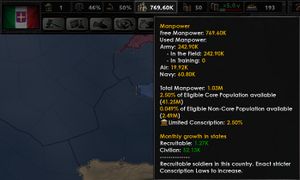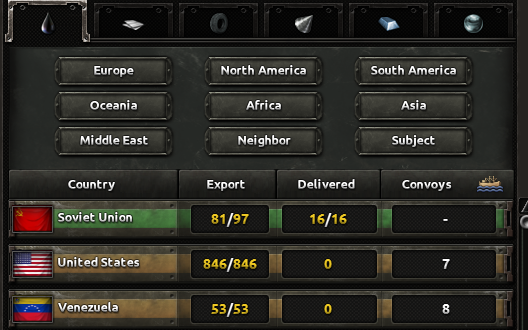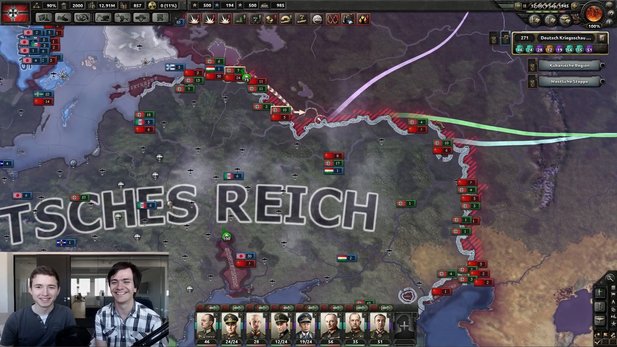
Islamic Revolutionary Guard Corps and Ministry of Intelligence (Intensified since 2009). Islamic Revolutionary Guard Corps and Islamic Republic of Iran Army (1979–present). Islamic Revolutionary Guard Corps and Basij (1979–1981). Islamic Revolutionary Guard Corps, Islamic Revolutionary Committees and Shahrbani (1979–1991). 
 Second Bureau of Imperial Iranian Army, SAVAK and Shahrbani (1957–1979). Persian Cossack Brigade and Gendarmerie (1912–1921). The rivalries shaped between security organizations in Iran are as follows: Yet, largely because of Hitler's unusual and autocratic command style and difficulties with delegation, the Wehrmacht lacked elements that today's theorists consider essential to the attainment of truly productive jointness (a single joint commander or Joint Chief of Staff, a proper joint staff, a joint planning process, and an absence of inter-service rivalry) and that, as a result, it often suffered needless difficulties in combat. Hitler was thus innovative and several years ahead of his peers in the democracies, Italy and the Soviet Union. He also saw the benefit of placing them under operational commanders who possessed at least a rudimentary understanding of the tactics, techniques, needs, capabilities and limitations of each of the services functioning in their combat zone. Īdolf Hitler certainly understood the value of integrating his land, sea and air forces and placing them under a unified command, the Oberkommando der Wehrmacht (first under Field Marshal Werner von Blomberg's command later his own). Consequently, the analysts assert, the Wehrmacht enhanced its capabilities and improved its combat effectiveness. That is, elements of two or more services participated in close cooperation with mutually agreed goals, relatively little inter-service rivalry, and a command structure that, at least at the "sharp end" of operations, promoted, rather than inhibited, a spirit of jointness.
Second Bureau of Imperial Iranian Army, SAVAK and Shahrbani (1957–1979). Persian Cossack Brigade and Gendarmerie (1912–1921). The rivalries shaped between security organizations in Iran are as follows: Yet, largely because of Hitler's unusual and autocratic command style and difficulties with delegation, the Wehrmacht lacked elements that today's theorists consider essential to the attainment of truly productive jointness (a single joint commander or Joint Chief of Staff, a proper joint staff, a joint planning process, and an absence of inter-service rivalry) and that, as a result, it often suffered needless difficulties in combat. Hitler was thus innovative and several years ahead of his peers in the democracies, Italy and the Soviet Union. He also saw the benefit of placing them under operational commanders who possessed at least a rudimentary understanding of the tactics, techniques, needs, capabilities and limitations of each of the services functioning in their combat zone. Īdolf Hitler certainly understood the value of integrating his land, sea and air forces and placing them under a unified command, the Oberkommando der Wehrmacht (first under Field Marshal Werner von Blomberg's command later his own). Consequently, the analysts assert, the Wehrmacht enhanced its capabilities and improved its combat effectiveness. That is, elements of two or more services participated in close cooperation with mutually agreed goals, relatively little inter-service rivalry, and a command structure that, at least at the "sharp end" of operations, promoted, rather than inhibited, a spirit of jointness. 
They point out that Blitzkrieg, the war-fighting style that brought the Wehrmacht stunning victories between 19, depended upon the close integration of ground and air (and sometimes naval) forces and that even after the Blitzkrieg campaigns gave way to a drawn-out war of attrition, the Wehrmacht routinely conducted operations in a way that would today be called "joint". Many military analysts consider the Wehrmacht, Nazi Germany's armed forces, pioneers of "jointness" ( integrierter Kriegführung, in German).

The latter case can arise, for example, when the navy operates an aircraft carrier, which may be viewed by the air force as an infringement of its traditional responsibilities. Interservice rivalry can occur over such topics as the appropriation of the military budget, prestige or the possession of certain types of equipment.








 0 kommentar(er)
0 kommentar(er)
